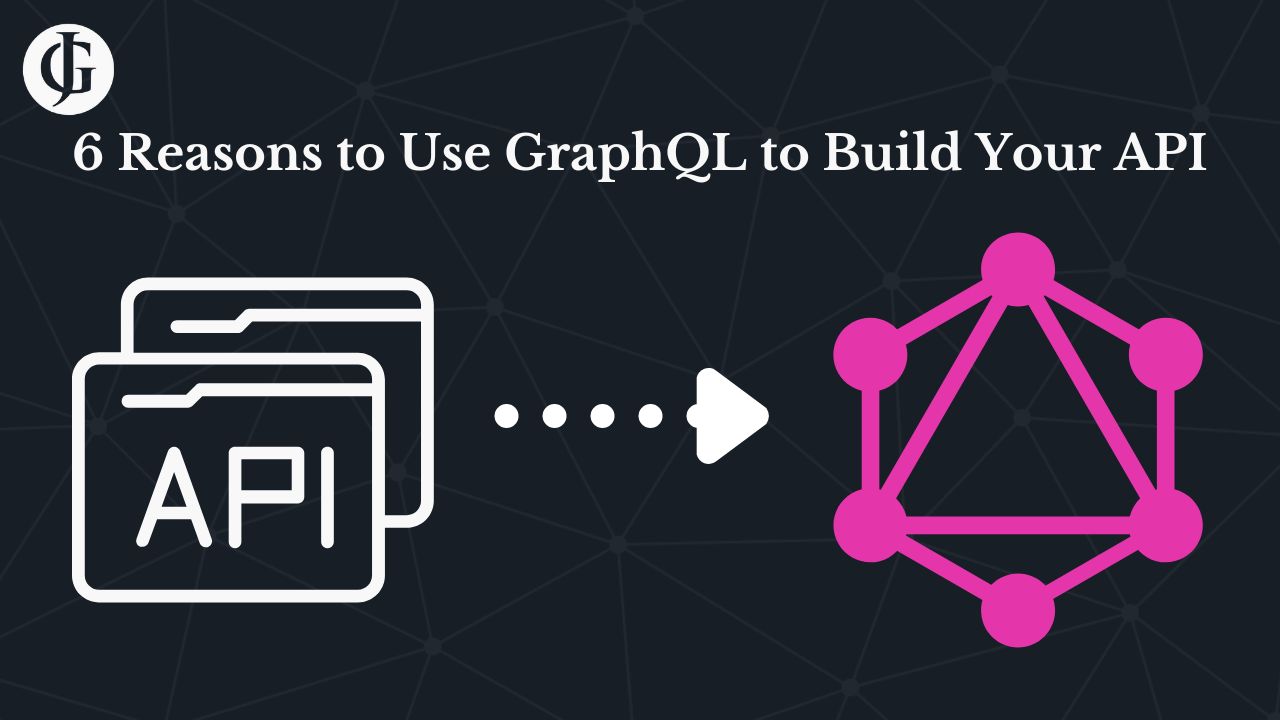6 Great Reasons to Use GraphQL to Build Your API
GraphQL is an expressive query language for APIs. Developed by Facebook in 2012 and open-sourced in 2015, it is seen as the successor to REST APIs by many in the modern API development space. It deserves this recognition, as it offers a host of tangible improvements over traditional REST APIs. Read on to learn about the benefits GraphQL offers.

Less Waste
GraphQL allows clients to request only the data they need from an API. This means that device and network resources are only devoted to transporting data that the client will actually make use of, instead of a combination of needed and unneeded data. Why retrieve an entire record for a user when you only need their email address? GraphQL helps mitigate this waste.
Better Performance
By enabling clients to request only the data they need from the server, GraphQL leads to better API performance. Imagine you are developing an API that exposes data for all employees of a company with 100,000 employees. If you need to retrieve a list containing phone numbers for every employee, GraphQL will only send the phone numbers over the network. This heavily reduces the amount of data that must be transferred, which in turn makes the app perform better.
One Request, Multiple Queries
GraphQL allows requests for different types of data to be made in one trip to the server. By retrieving multiple pieces of data in a single trip to the API host, we reduce unnecessary network traffic and improve performance.
Easy-to-Read
GraphQL offers an expressive and easy to understand syntax for querying your API. By structuring the query in a similar way to the expected response structure, GraphQL makes the code for interacting with your database easy to read and to write.
Less Boilerplate
Traditional REST APIs are full of boilerplate code. Route definitions, return type formatting, and validation checks all take time away from developing core app features. With GraphQL, much of that is done behind the scenes, and much of what is not done behind the scenes is defined once in the scope of the entire GraphQL application. This leaves the developer with more time to focus on mission-critical features.
Finer-Grained Security Features
In REST APIs, security measures are normally applied on a route-by-route basis. This leaves no easy way to create fine-grained access control features on data in your API. GraphQL solves this by implementing security controls on an attribute-by-attribute basis, allowing you to do fancy things like giving all users access to another user’s name and email, but only administrators access to sensitive data like credit card numbers.

Leave a Reply